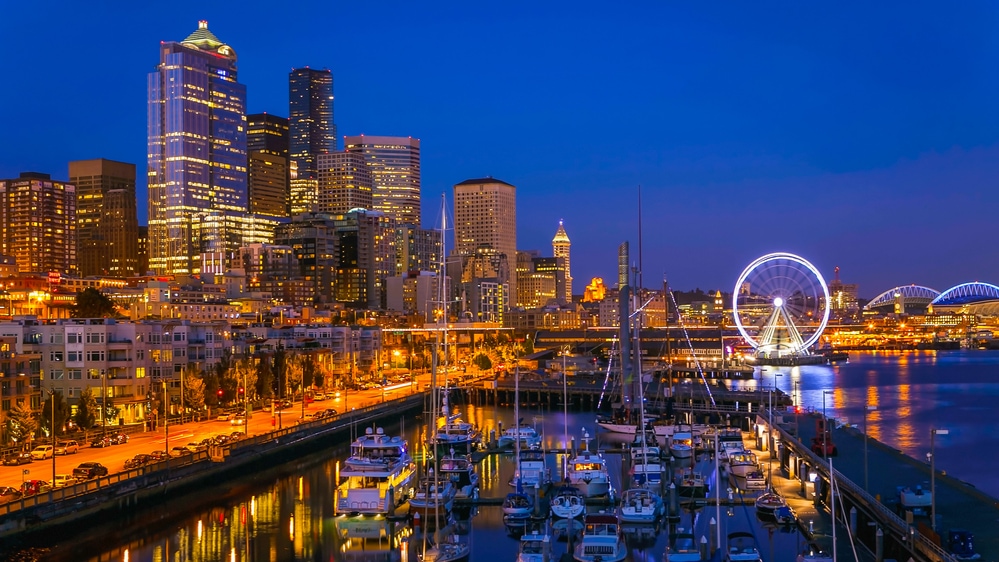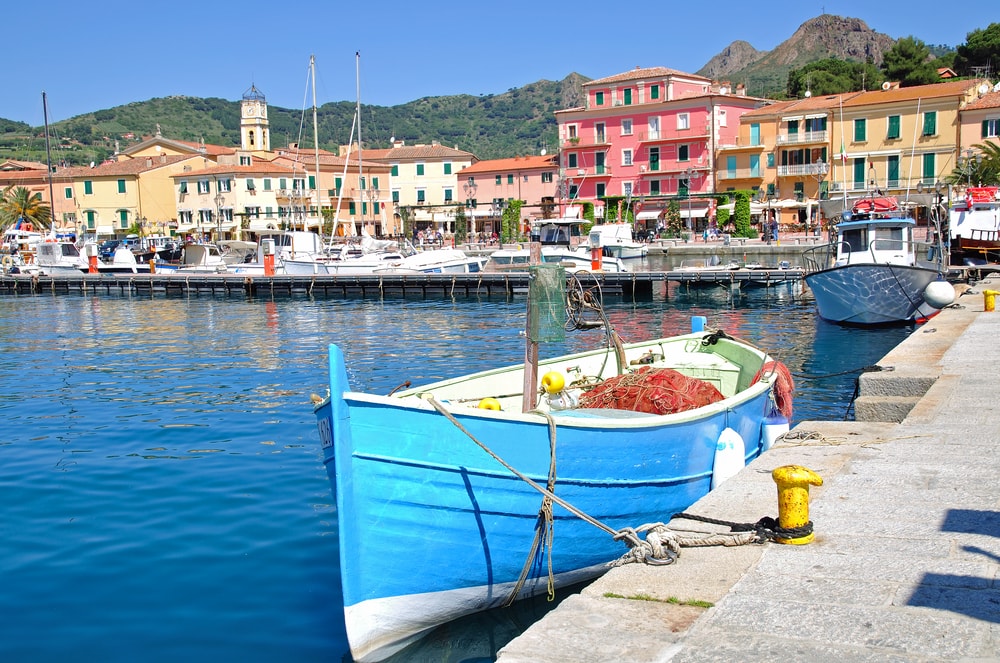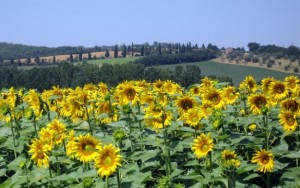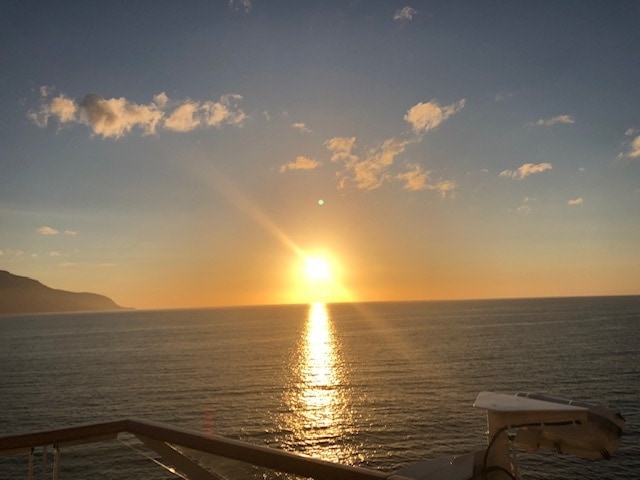Lake Maggiore, with its low key atmosphere, has an extensive network of ferry service around and across the lake. In fact, ferries have landing stages in nearly every town along the lake, making it quite easy to get most places by boat. In addition to the traditional (and slower) ferry, there is also hydrofoil service. Not only is it a faster boat, but it has more direct service, rather than stopping at all the smaller towns. The boats generally operate between 7 am – 8 pm, with a reduced schedule in the winter. Fares can be found on a chart, and have a scale based on where you want to go. Hydrofoils have a small surcharge.
Our first full day at the Lake, we struck out fairly early for the Borromeo Islands. The Borromeo’s are three islands located in the bay between Stresa and Pallanza. Although collectively they are referred to as the Borromeo Islands, only to are actually Borromeo property. Our first stop was Isola Madre, the largest of the islands. Although Isola Madre is the largest island, it is much less visited than the others. It is reachable by the public ferries, which dock on the south side of the island, as well as by private tour boats, which dock at a private boat dock near the restaurant.
The description of the island refers to it as a “modest” villa with natural gardens, but that does a disservice to its beautiful grounds and setting. After you get off the ferry, you head up some steps to a terrace level where you’ll find the ticket office. After purchasing your ticket (Admission is 10 Euros, and you can purchase a joint ticket for admission to both Isola Madre and Isola Bella for 16.50 Euros), you can turn right to go directly into the grounds, or turn left for a short walk to the cafe and private boat dock. When you get your tickets be sure to pick up the FREE map so that you can follow along and understand what you are seeing as you pass through the various gardens.
Walking through Isola Madre is like walking through the world by way of their gardens. With nearly every type of growing climate represented on the island, the variety of plants range from the usual (olive trees, azaleas, wisteria, and camellia) to the exotic (African tropical flowers, hibiscus, Ginkgo biloba). Walking along the gravel pathway propels you by fragrant citron and lemon trees, past rare plants and exotic flowers, and you gradually walk your way to the top of the island.
On the northern-ish side of the island is Piazzale dei Pappagalli, home to families of peacock, parrots, and pheasants. Most roam free, so be careful where you walk. While they aren’t tame, by any means, if you don’t move too quickly, you’ll find that they strut and preen about, ignoring your presence. You can watch their mating dances, as they open their tail feathers.
Continuing on the walking path will eventually lead to the top of the island at the Borromeo family home. In front of the home is the Loggia del Cashmir, a Cashmere Cypress that is over 200 years old, and the largest one in Europe. The tree received some damage in a tornado (yes, a tornado hit this small island a number of years ago), and it is now bolstered with cables and lines.
At this point in our visit, it started to rain, so we made the logical choice to duck inside the villa and tour it during the downpour.
The villa was a 16th-century palace, although it was never the primary residence of the Borromeo family. It was more of a second home (or third, or fourth), and was finished with odds and ends taken from their other homes. The home fell into disrepair and was closed up for some time before restoration began. It was eventually open to the public in 1978, with numerous of the Borromeo collections on display. The Teatrini delle Marionette (puppet theater) was a hit with most of the visitors. There were a fair number of evil puppets, along with scenes of hell and damnation. I thought it seemed rather dark and ghoulish for a children’s theater. But apparently, that’s just me.
Touring the villa can easily be done in half an hour or so, although we dawdled until the rain passed. Walk out of the villa and down the steps to the Piazzale della Cappella, an outdoor water garden, that includes a pond with beautiful water lilies in vibrant colors of pink, white, red, and yellow. Around the pond are hibiscus, coffee, mimosa and banana plants. It’s busy with color but tranquil in effect.
To the side of the pond is a small mortuary chapel, and to the other side is the requisite gift shop. If it’s a nice day, take the time to enjoy the sun and sit for a bit. It’s a nice spot to rest up before heading back to the ferry.
Isola Madre is definitely worth the visit. It wasn’t crowded, even when it rained and people went inside, lines were short (even in summer), and you could walk and stop at your own speed. I found that much of the time our group would just walk and look about, taking in the surroundings of both the gardens and the lake. We stopped often to look at something closer and to take LOTS of photos, and the pace seems natural and enjoyable. We spent a couple of hours at Isola Madre, finding it a great way to ease into our first full day at Lake Maggiore.
Photo credit: Mary Jo Manzanares





